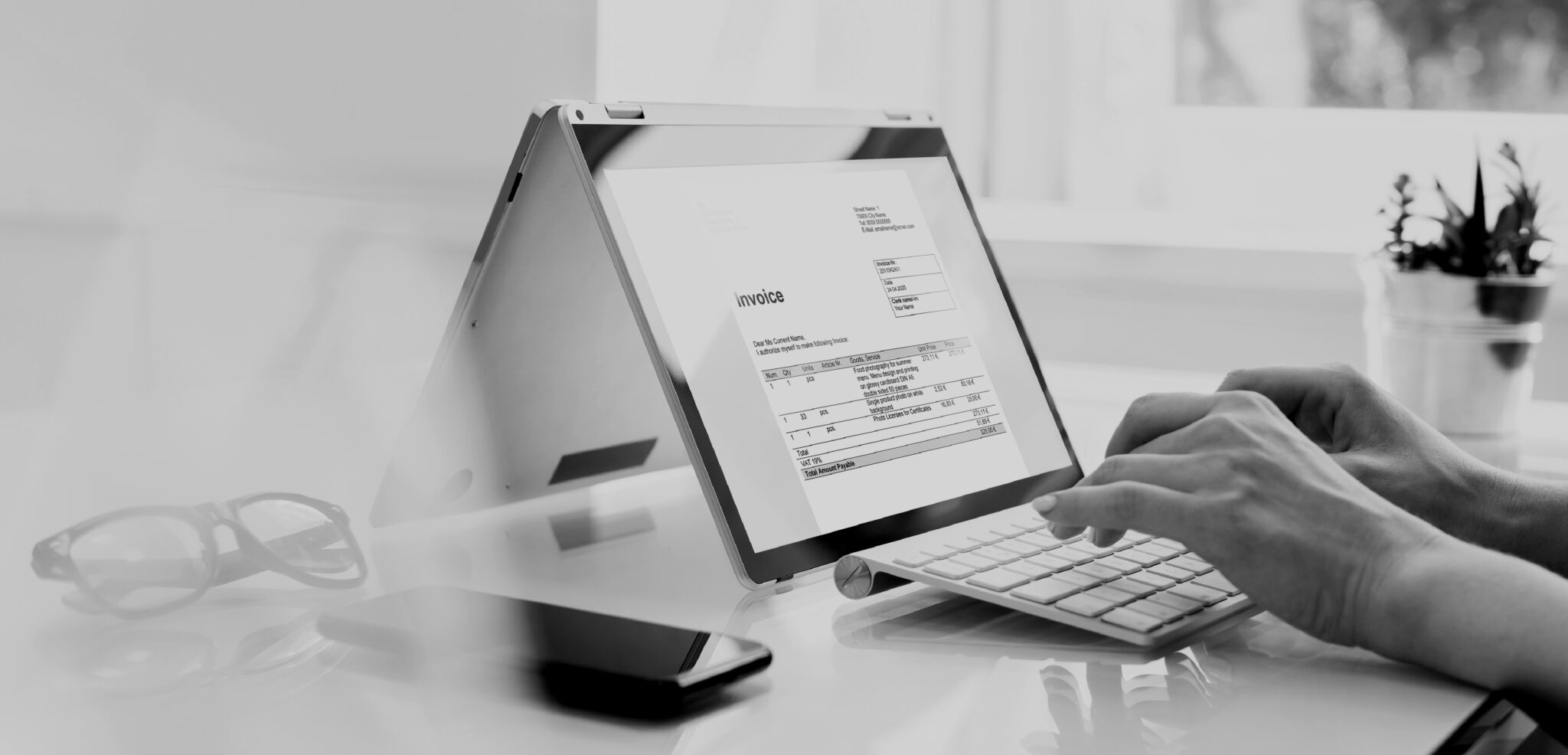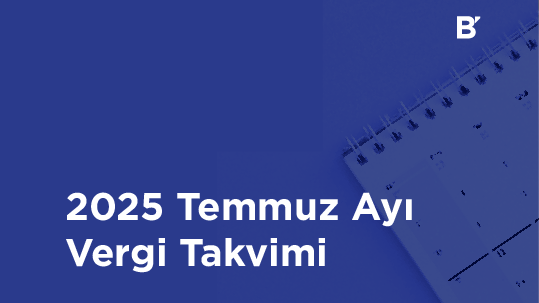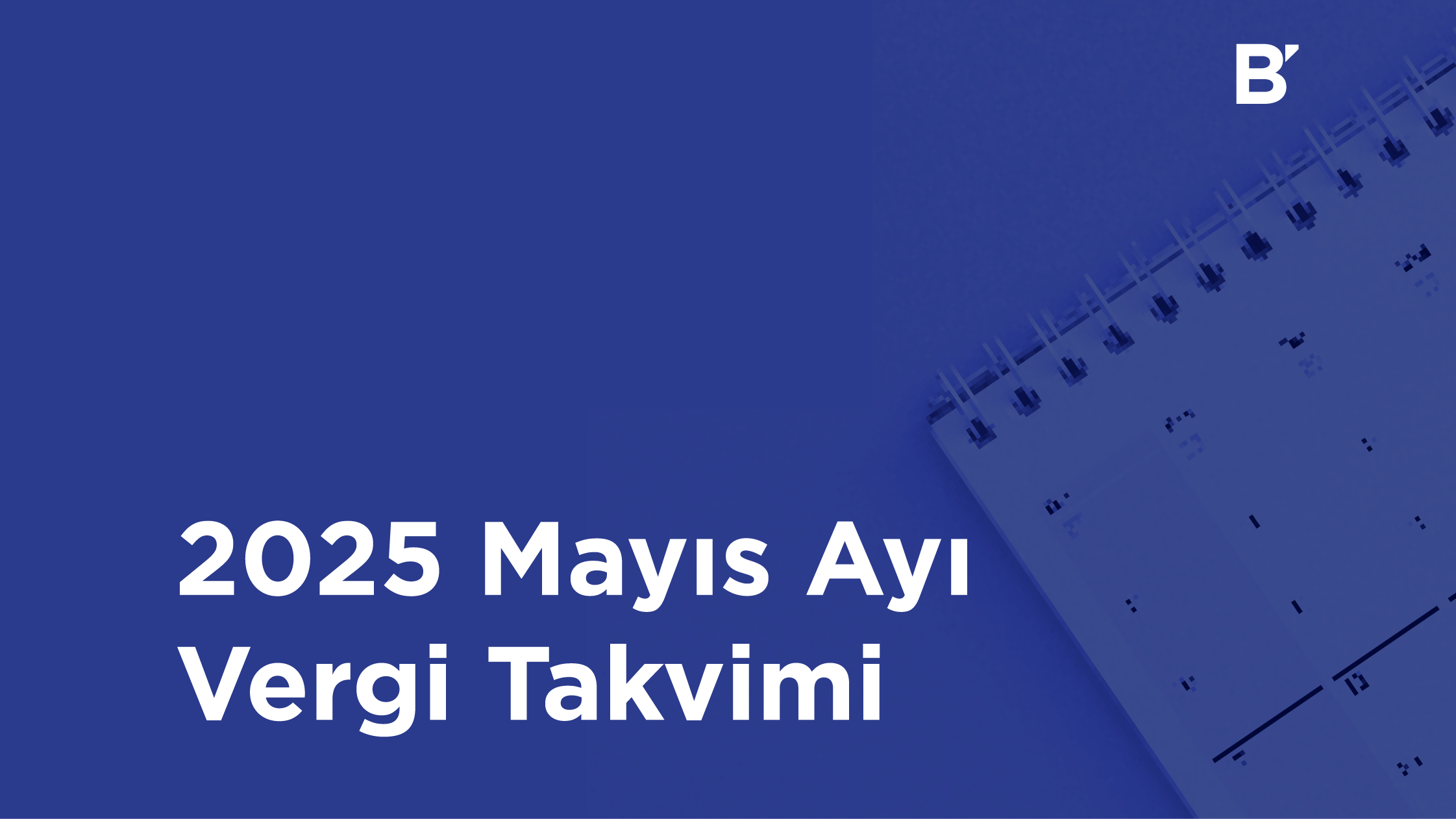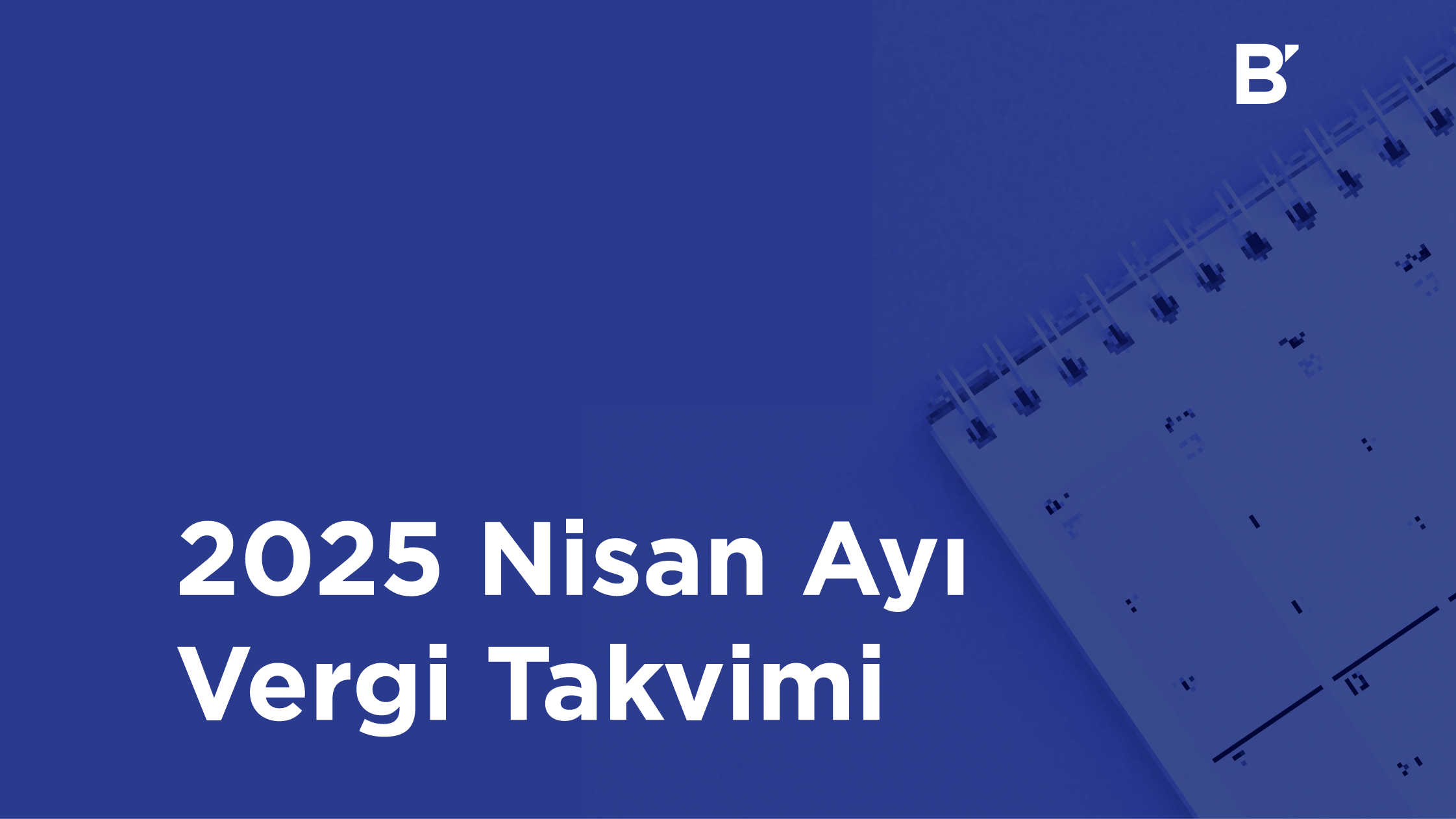16.09.2022/60
E-İrsaliye Uygulama Kılavuzunda Yapılan Değişiklik Hakkında
Gelir İdaresi Başkanlığı, e-İrsaliye kullanan mükellef sayısı ile düzenlenen e-İrsaliye sayısındaki hızlı artışa bağlı olarak uygulamada yaşanan gecikmeleri önlemek ve mal sevkiyatında sorun meydana gelmemesi bakımından İrsaliye Uygulama Kılavuzunun “13 E-İrsaliye Düzenlenme Süresi” başlıklı bölümünde 07.09.2022 ila 31.03.2023 tarihleri arasında (bu tarihler dahil) uygulanmak üzere değişiklik yapmıştır.
Bilindiği üzere, e-İrsaliye belgesinin malın fiili sevk zamanından önce düzenlenmesi ve Başkanlık Sistemlerine iletilmesi zorunlu olup bununla birlikte uygulamadan özel entegratörlerin bilgi işlem sistemleri aracılığıyla yararlanılması halinde ise Başkanlık sistemlerine iletilmek üzere özel entegratör kuruluşların bilgi sistemlerine iletilmesi fiili sevkiyatın başlatılması açısından yeterlidir. Özel entegratör kuruluşların bu durumda kendilerine iletilen e-İrsaliye belgelerinin imzalama ve Başkanlık bilgi işlem sistemlerine iletimini, kendilerine iletim zamanından itibaren azami 15 dakika içinde gerçekleştirmeleri zorunludur.
Gelir İdaresi Başkanlığınca e-İrsaliye Uygulama Kılavuzu’nda yapılan değişiklik uyarınca, 07.09.2022 ila 31.03.2023 tarihleri arasında (bu tarihler dâhil) e-İrsaliye uygulamasından yararlanma yöntemine bağlı olarak aşağıda açıklanan koşullara uygun olarak e-İrsaliye düzenlenmesi söz konusu olabilecektir.
a) e-İrsaliye uygulamasını GİB Portal Yöntemi veya Doğrudan Entegrasyon Yöntemi ile kullanan mükellefler tarafından düzenlenen e-İrsaliyenin, “1000-Zarf Kuyruğa Eklendi” veya “1100-Zarf İşleniyor” durum kodlarını alması halinde de fiili sevkiyat başlatılabilir. Ancak, ilgili birimlerce talep edildiği takdirde sevkiyata ilişkin tevsik yükümlülüğü e-İrsaliyeyi düzenleyene aittir.
b) e-İrsaliye uygulamasından özel entegratörlerin bilgi işlem sistemleri aracılığıyla yararlanılması halinde ise e-İrsaliyenin, malın fiili sevk zamanından önce Başkanlık sistemlerine iletilmek üzere özel entegratör kuruluşların bilgi sistemlerine iletilmesi fiili sevkiyatın başlatılması açısından yeterlidir. Ancak bu kapsamda düzenlenen e-İrsaliyenin şema, şematron ve imza kontrollerinin özel entegratörler tarafından eksiksiz bir şekilde yapılmış olması gerekmektedir.
Gelir İdaresi Başkanlığı’nın ilgili duyurusuna buradan ulaşabilirsiniz.
Güncel e-İrsaliye Uygulama Kılavuzu’na (V 1.2) ise buradan ulaşabilirsiniz.
Saygılarımızla,
BİLGENER
























